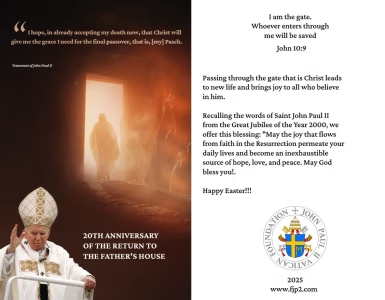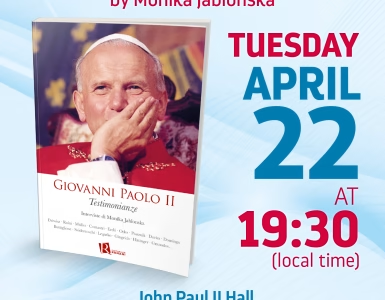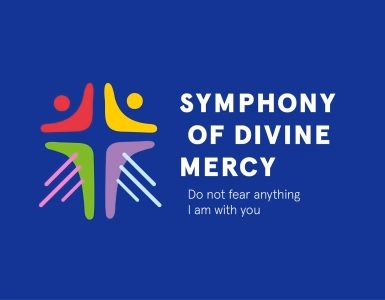Vatican’s researchers began to see this only at the end of the pontificate. They found that for the first time since the Counter-Reformation, the process of de clericalization began in the Church. The Second Vatican Council laid the foundations for this phenomenon, but in reality the process never took off. John Paul II finally started to deal with this. It is time – as the Pope said himself – to “overthrow the former priestly one-sidedness”.
John Paul II was a man of the Council. He took its teachings, drawing the guiding lines of life and mission of the Church. Referring to the Council, he gradually introduced into the ecclesial reality the concept of church-communion, or, as he used to say, the church-family, characterized by equality of all the baptized, where no one must feel marginalized, much less excluded. In this way, he was able to put value to charismatic, secular, and community elements compared to institutional, clerical, and hierarchical aspects. This notion of the Church has played a new role for young people, for women, and for movements and communities.
This was initiated by the encyclical Redemptor hominis, followed by Dives in misericordia and Dominum et Vivificant. This triptych, which outlined the agenda of the pontificate, gave rise to a new perspective through the prism of the Holy Trinity not only on faith, that is, on the specifics of being a Christian, but also on the Church, on her nature, mission and structure. In the light of the mystery of the Holy Trinity, the Church should always appear as a harmony of unity and multiples, identity and variety.
With the consent of Cardinal Stanisław Dziwisz – “Testimony”.
TBA marketing communication Publishing House. Warsaw 2007





